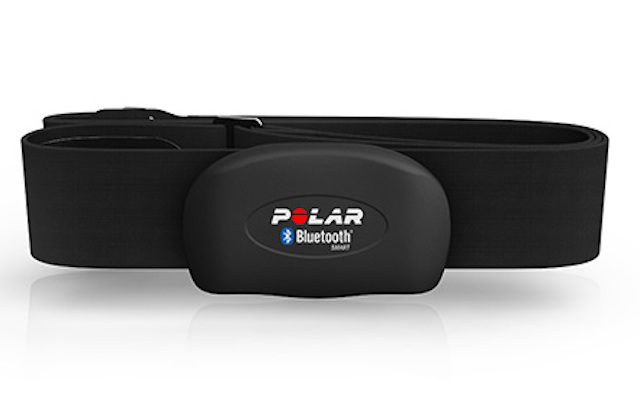Angela Naeth: Training with heart rate data

Should you use heart rate data, power data or just go by feel when you train? Professional triathlete Angela Naeth weighs in.
Thanks to current technology, triathletes can know power on the bike and pace in the pool and on the run. More and more information is available to us now through our watches and GPS units. This type of instant feedback provides you with accurate data for each workout on your pace, power and energy outputs. So what is best to use?
In my experience as a coach and pro triathlete, heart rate data answers lots of questions about your training that the other variables can’t. Here’s why.

Power provides instant feedback on the work you’re doing on a bike. It’s similar to using pace on the run and in the swim. What it doesn’t tell you is how much effort it takes for you to give out that specific output or pace. For example, let’s say you have intervals at 250 watts for a workout. What does this really do to your system? Was it a moderate effort or did it leave you with nothing left in the tank? How does this reflect over time in a training progression and how do you know if you’re improving? There are so many factors that come in to play – heat, humidity, wind, how much caffeine you’ve taken, nutrition, sleep patterns — any stress that you encounter will effect your workout. Simply looking at a power number or pace doesn’t take this into account and could leave injured before you know it.
The most accurate way to tell if you’re improve is by looking at heart rate data and seeing the difference in pace/power output in a specific zone. Heart rate takes into account all factors — it represents your body at work. When your pace or power is improving at a set heart race zone, it simply means you’re getting fitter. And if you train the right way — at the in the right zones to achieve a specific fitness target (ie. aerobic base) you’ll see that improvement that much faster. Training by heart rate data allows your physiology to catch up to your pace/power output for a given period. A lower heart rate at a higher pace or power output translates into a more efficient and faster athlete. Just because heart rate numbers matter most doesn’t mean you should discount pace and power data.
If you find that you’ve either plateaued or successfully built a solid base of aerobic fitness, start focusing on pace or power in your workouts for shorter, more intense intervals. Form there, use your heart rate data and aerobic efforts as a gauge to measure your fitness. More intense intervals should lead to improvements — if not, you may need to go back to building better aerobic output, getting more rest or evaluating other stressors in your life.
